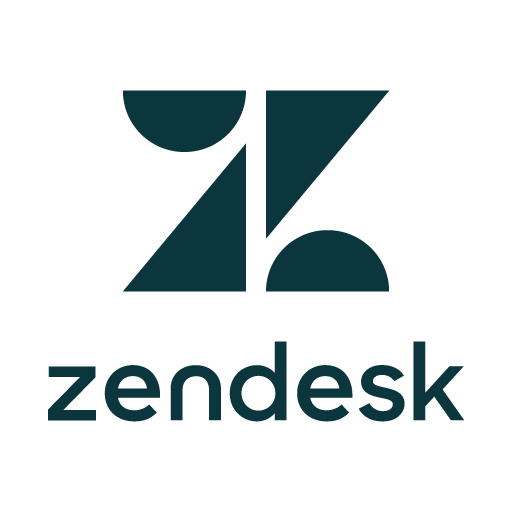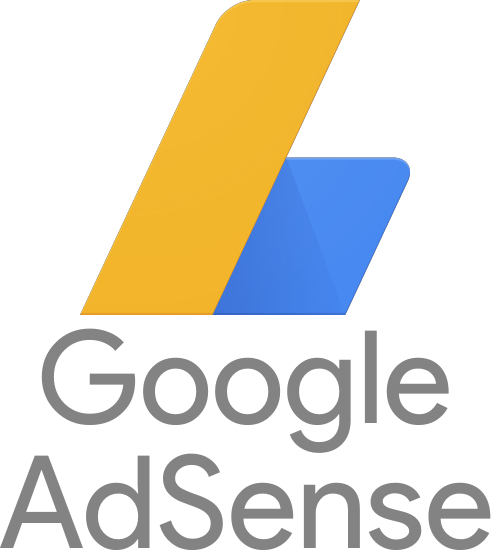Our Business Makes $60K/Month Turning Corporate Financial Statements Into Standardized Data
Hello! Who are you and what business did you start?
My name is Alexandre Abu-Jamra. I'm a Brazilian tech entrepreneur and I run K-Looks. The business is specialized in organizing unstructured financial data, probably the most unstructured type of data around. Basically, we find and turn corporate financial statements (pdf files that are very messy from a structural point of view) into standardized indexed data with "post-OCR" processing.
We go beyond optical character recognition algorithms (OCRs) to solve this problem and deliver accurate, fully customized data solutions (format, chart of accounts, etc.).
That's quite a pain, especially in credit departments of banks, insurance companies, and large corporations. Our process is a combination of engines that extracts and categorizes data automatically with human quality assurance. The process delivers data of higher quality than that generated by any highly trained credit analyst with record TAT and scalability. Seamless integration, and multi-language offering: Portuguese, English, and Spanish. Give me a month and I can do German as well!
We service some of the main Brazilian financial institutions such as Caixa, Citi,...

Download the report and join our email newsletter packed with business ideas and money-making opportunities, backed by real-life case studies.

Download the report and join our email newsletter packed with business ideas and money-making opportunities, backed by real-life case studies.

Download the report and join our email newsletter packed with business ideas and money-making opportunities, backed by real-life case studies.

Download the report and join our email newsletter packed with business ideas and money-making opportunities, backed by real-life case studies.

Download the report and join our email newsletter packed with business ideas and money-making opportunities, backed by real-life case studies.

Download the report and join our email newsletter packed with business ideas and money-making opportunities, backed by real-life case studies.

Download the report and join our email newsletter packed with business ideas and money-making opportunities, backed by real-life case studies.

Download the report and join our email newsletter packed with business ideas and money-making opportunities, backed by real-life case studies.


































